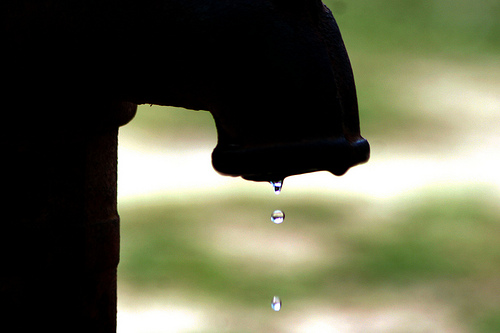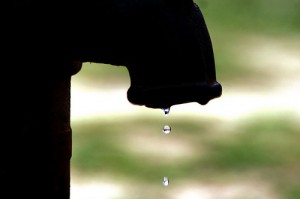Clean Water Is Important For Everyone

With just two months before World Water Day on March 22, NRDC, CARE & WaterAid in America have published our annual report about how the United States is doing in implementing the recommendations we made last year to improve water and sanitation delivery for developing countries.
We made four key recommendations, and while some progress has been made, there is still much work to be done. We are hopeful that World Water Day 2012 will not only be a time for educating the public and key decision-makers about global water, sanitation, and hygiene issues, but also that it will serve as a motivator for the U.S. government to take major actions to deliver clean water and sanitation services more efficiently and to the people who need it most. Specifically, we recommended that the United States should:
- Develop a comprehensive water strategy. The Senator Paul Simon Water for the Poor Act of 2005 called for such a strategy within 180 days from passage of the legislation, but now, over six years later, this strategy has still not been completed. This strategy is critical for enabling the U.S. to set priorities and be efficient in its work to bring water and sanitation to the developing world – and do so coordinated with and integrated into programs and strategies for food security, global health, education, environment, climate change and more. My colleague Lisa Schectman at WaterAid in America has written more about the importance of this water strategyhere.
- Take a comprehensive view of water, sanitation, and hygiene, by integrating planning and budgeting meaningfully with a wider water strategy, including water productivity and water resources management, food security, health, and climate change. There have been some positive steps on this front. For example, the “Zero Draft” of the outcome document for the Rio+20 United Nations Conference on Sustainable Development includes important provisions about safe drinking water and sanitation. However, we can do better: political will for comprehensive integration still needs to be demonstrated in a formal water strategy and project implementation.
- Strive to make global progress through U.S. leadership. Several key elements that would facilitate U.S. leadership are elevating and solidifying the senior water advisor positions within USAID and the State Department; increasing expertise and capacity of those working on the ground; and improving funding for clean water and sanitation – which currently amounts to less than one one-hundredth of a percent of the federal budget. Read more about U.S. leadership on water in my colleague Heather Allen’s blog here.
- Deliver water, sanitation and hygiene to those who need it most. It is important to prioritize funding for countries that have the greatest need for increased access to safe water and sanitation, and those in which assistance can be expected to make the greatest difference. However, only 33 percent of USAID funding for water, sanitation and hygiene went to low income countries in 2010 based on the most recent State Department report to Congress.
The goal of World Water Day is to raise awareness and call for stronger commitments and more robust action to ensure universal access to safe drinking water and sanitation. Nearly a billion people lack access to safe drinking water, and two out of every five people lack adequate sanitation. While World Water Day is instrumental in educating the public and decision makers about global water issues, training advocates, and setting goals, we should also use the two months leading up to World Water Day as a time to focus on making progress towards achieving these goals. It’s time to get serious about ending this injustice, and doing so in a way that is efficient and sustainable – economically, for the longevity of the projects, and for the environment.
[Photo By Diganta Talukdar]

